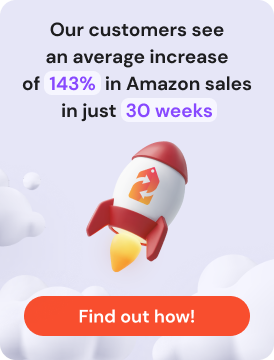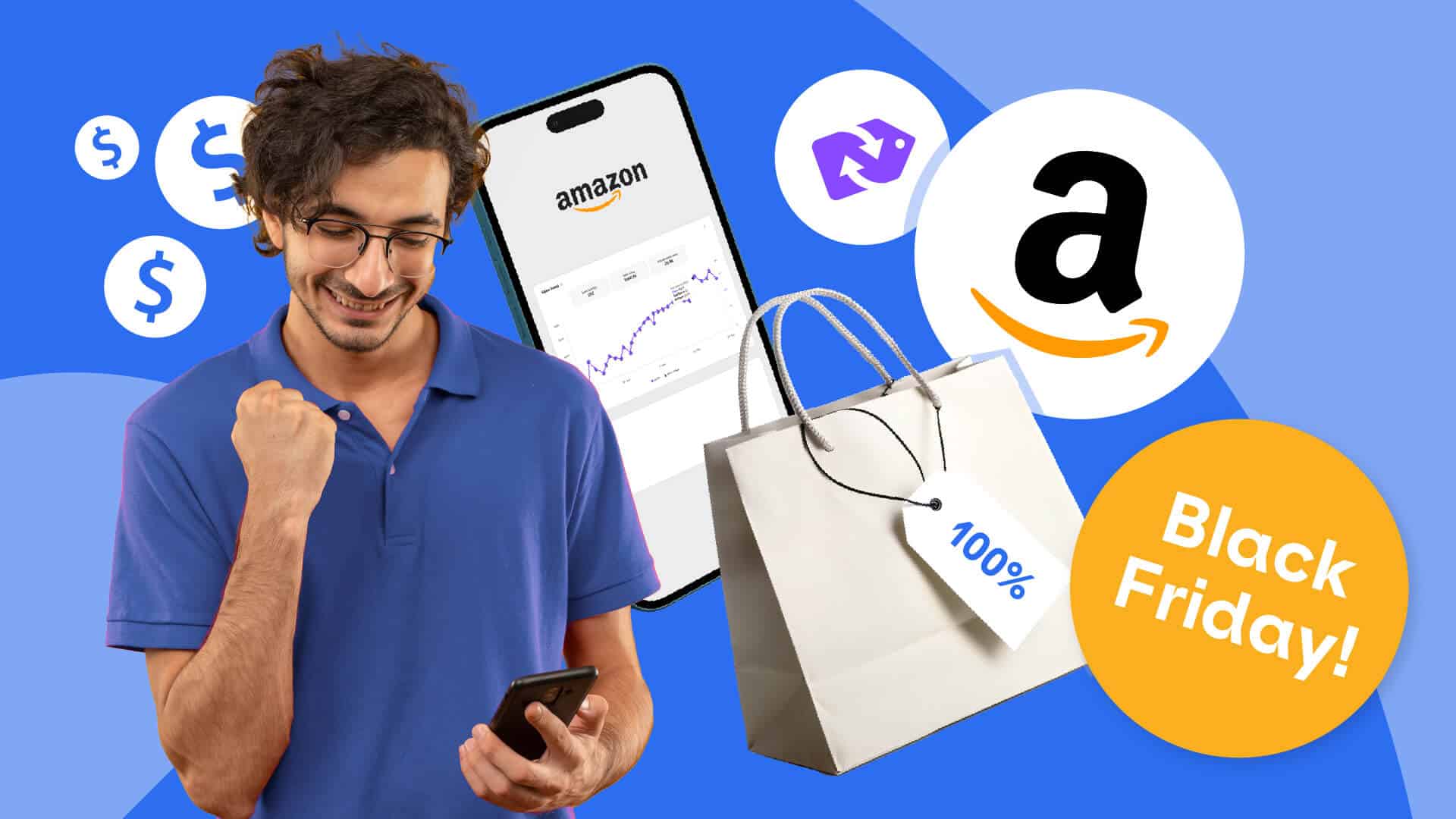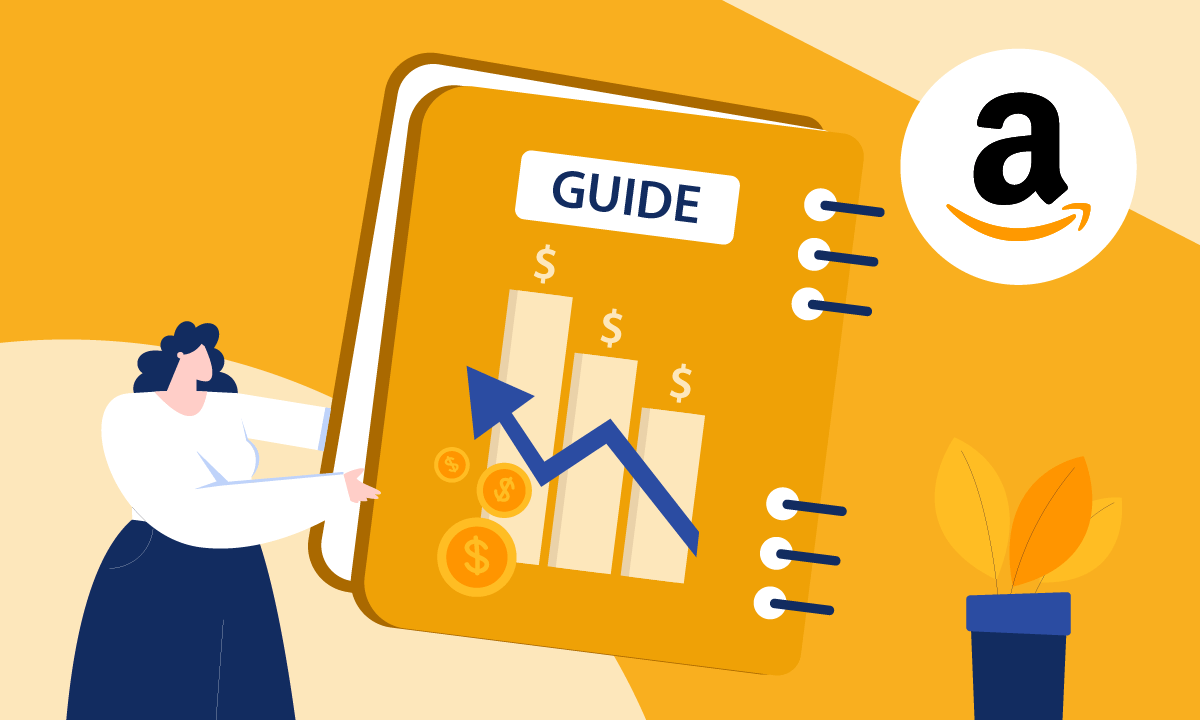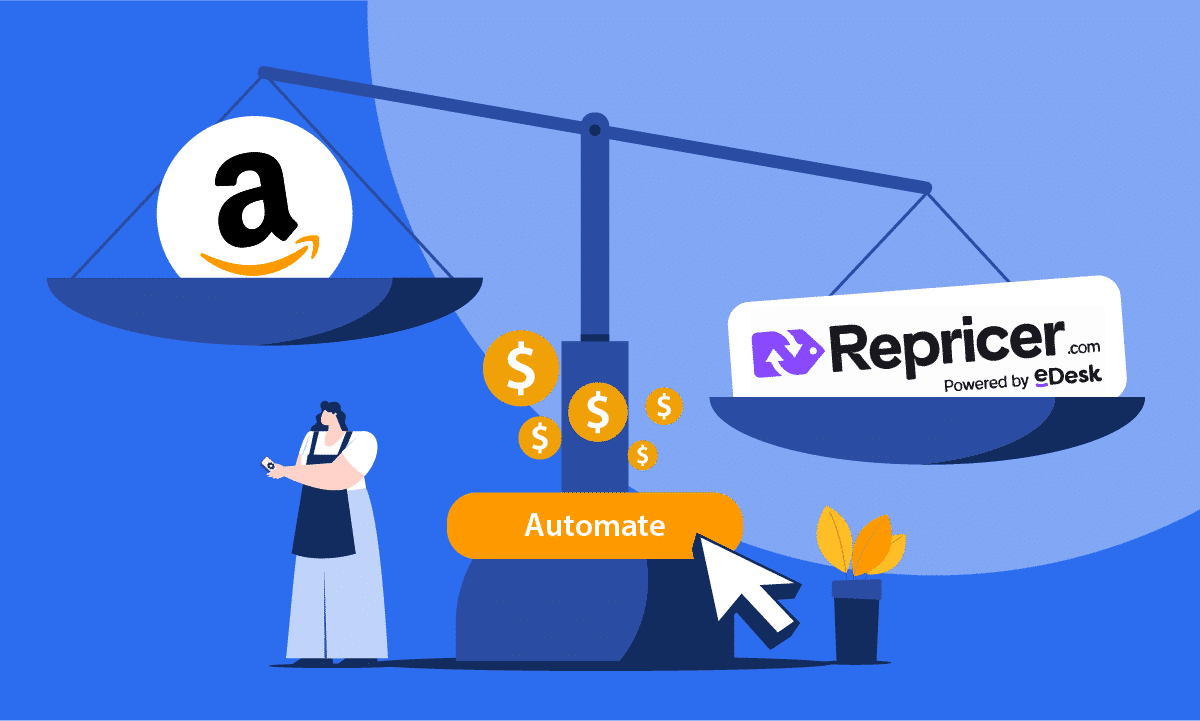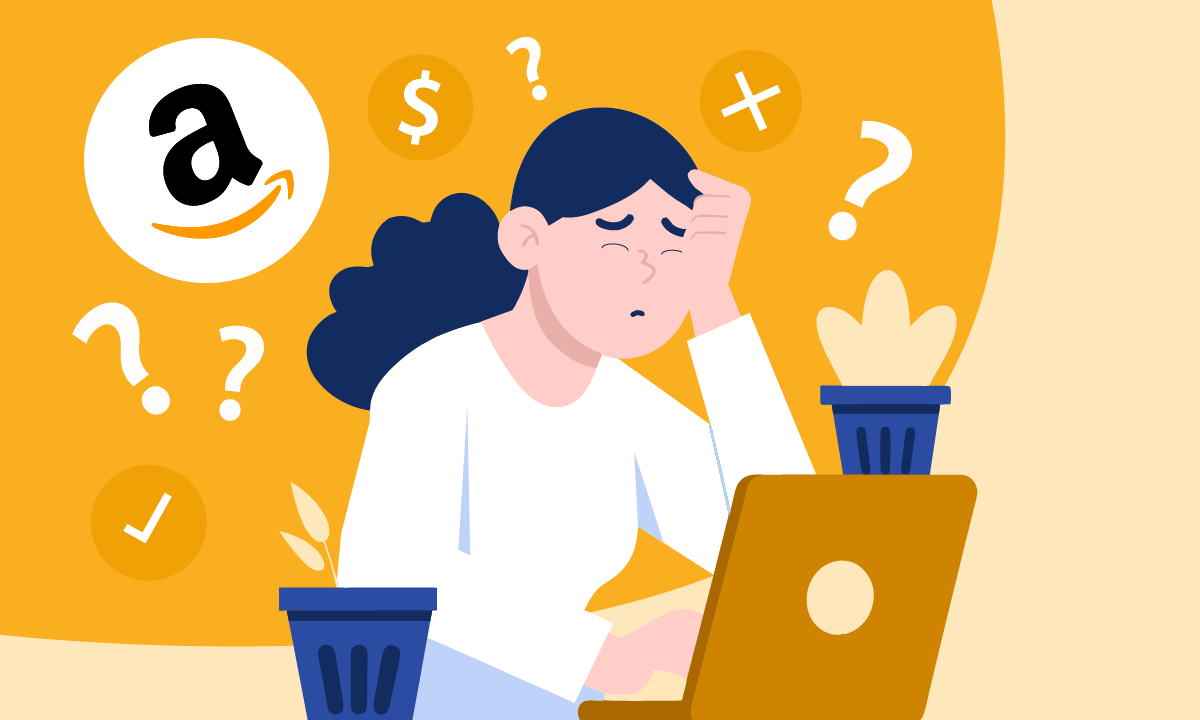You’ve heard the expression before about not putting all your eggs in one basket. It’s especially true when it comes to selling online, like with Amazon and other platforms, but to use another saying, the devil’s in the details.
To help you navigate multichannel pricing like a pro, Repricer.com has gathered these top tips for you to use.
First, understand what multichannel shoppers want
A little while ago, my mom asked me to buy her a portable washing machine. I know next to nothing about this, so my first course of action was to open about half a dozen different tabs and comparison specs and pricing.
What I found was interesting: the same models of portable washers didn’t have the same price across the board. When I finally settled on one, it wasn’t the cheapest, but rather offered what I thought was the best overall value. Your shoppers are much the same in terms of what value they derive from each channel.
For some, it’ll be the best price. For others, it’ll be the fastest fulfillment option. And with so many different options at their fingertips, getting multichannel pricing perfect for each platform is an absolute must.
Multichannel pricing strategy for brick and mortar stores
If you have an in-person store — current pandemic notwithstanding — then your pricing strategy should be different from an online store. Physical shops have fixed costs like rent and utilities, which means upping the sales volume is the way to go.
One of the top ways of doing that is by lowering prices to make the sale more appealing to the buyer. And with word getting out about having great prices, the next part of the process is increasing foot traffic to capitalize on even more sales, boosting the volume even higher.
However, be careful about lowering your prices too much to the point of not pulling in a profit after covering your fixed costs. Depending on where your store is, you may have higher overhead (rent, utilities, etc.) than an online retailer (storage, picking, packing, shipping, returns, etc.).
But! Offering a counterpoint to the counterpoint, it could make sense for your store personally to charge a bit less for in-store purchases than for online ones because the consumer is responsible for picking, packing and “shipping” the product home, eliminating that cost from your budget.
Many stores offer online shopping in conjunction with their offline store, but charge more to cover the shipping costs. You’ll have to crunch the numbers yourself to see which option (higher or lower prices, or the same) makes sense for you.
Multichannel pricing strategy for online-only stores

Depending on where you list your products, your pricing strategies may differ from channel to channel. One of the biggest reasons for different prices across channels is inventory (and the demand for it).
If your widgets are selling like hotcakes on Etsy but much more slowly on Amazon, then it doesn’t make much sense to price the same widget identically on both channels.
Your goal on Amazon is to increase sales to more or less keep pace with the volume on Etsy. Another reason for different multichannel pricing is that not every online platform has equal fees. For example, Amazon charges nothing for the Individual Seller account but does require a $0.99 fee for every item sold. The Professional account, on the other hand, has a monthly fee of $39.99 but no per-item fee when it’s sold. There are other fees, but this is the most basic difference.
Contrast this with Shopify, which offers unlimited products across all three of its plans. However, the different types of plans’ costs vary greatly, with the basic plan running you $29/month, the next one up costing $79/month and the Advanced plan coming with a $299/month price tag.
If you’re about to jump between levels but haven’t yet gotten your sales volume at the sweet spot to make the monthly fee almost negligible, then adjusting your prices is one way to compensate.
Related: 12 Best Shopify Apps For Your Shopify Store in 2020
One of the neat things about selling multichannel is you get opportunity after opportunity to conduct A/B testing to see exactly which factors make a difference in conversion, and which channels benefit more from them than others.
For example, one promotion or campaign could be hugely effective on Amazon but a total bust on eBay, which could make the pricing decisions for you.
Multichannel pricing strategy for online and offline stores
If your channels consist of a brick-and-mortar store with a website to match, then develop a pricing strategy that keeps the customer in mind. Not many people would be happy with the same product having different prices in-store and off, especially when it’s tied to the same retailer.
However, it’s on you to make sure buyers know why there’s a difference (if there is) and what you’ve done to compensate. Take Costco, for instance. Their online prices are higher than their in-store ones to compensate for the shipping costs (which may be waived if you spend more than a certain amount, depending on where you’re shopping). Some shoppers may decide the extra fee is worth it, especially with how crowded Costco can get during peak times.
Another way to compensate is by asking customers to “pay” in a different sense for lower prices in-store, such as highlighting loyalty programs (excellent opportunity to gather and monetize data, but don’t mention data as your main talking point) or up-selling or cross-selling.
It’s been shown time and time again that people tend to make more purchases in-store than online, so definitely use that to your advantage. And if you do have different pricing strategies for your stores, such as higher online and cheaper in-store, make sure your staff are well-versed in being able to handle customer queries.
Final thoughts
In case you haven’t guessed yet, varying your pricing strategies is a hugely important task. And who better to help you out with that than Repricer.com by Xsellco which optimises your prices on Amazon, eBay, Walmart, Shopify, Magento, Big Commerce and more!
We make it incredibly easy for you to develop custom pricing rules that make sense for your products, then run in the background based on the criteria you’ve set. If your profit margin has been looking a little thin lately, it may be because your pricing isn’t competitive enough.
Get started today with a free 14-day trial – no credit card required.

